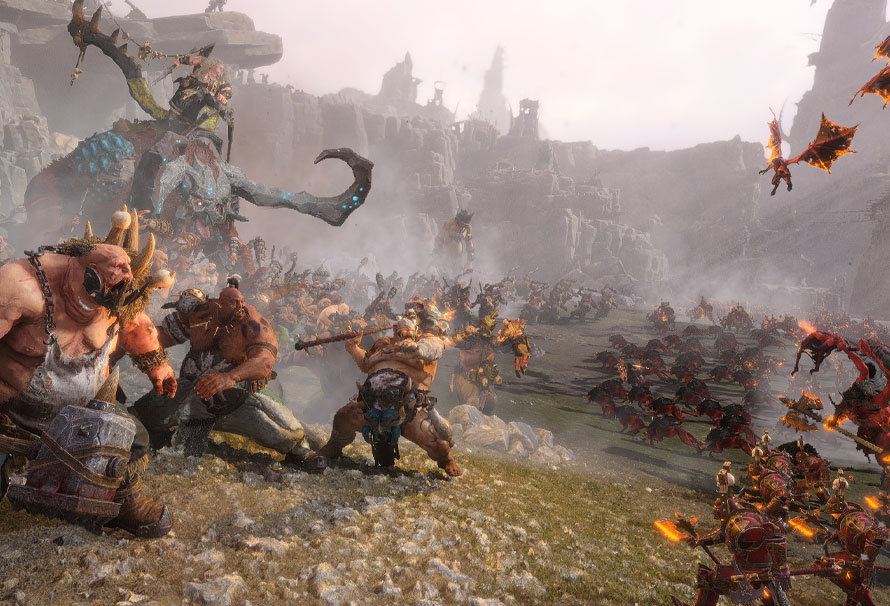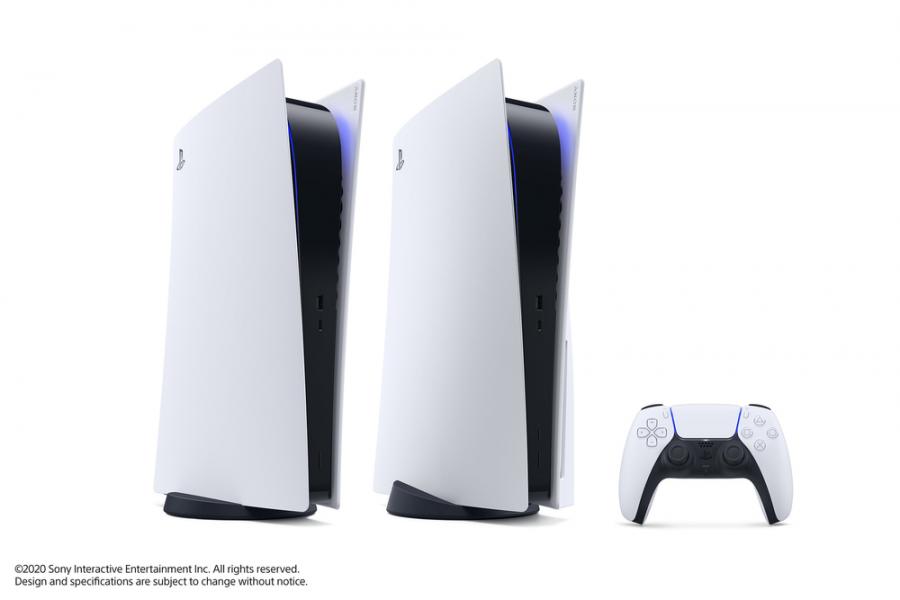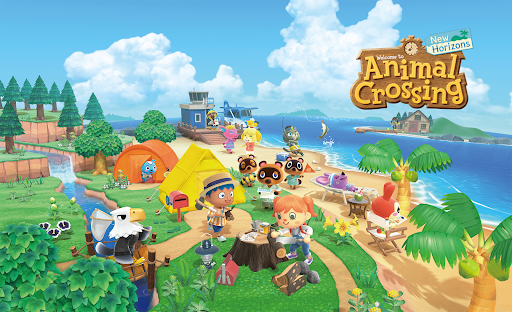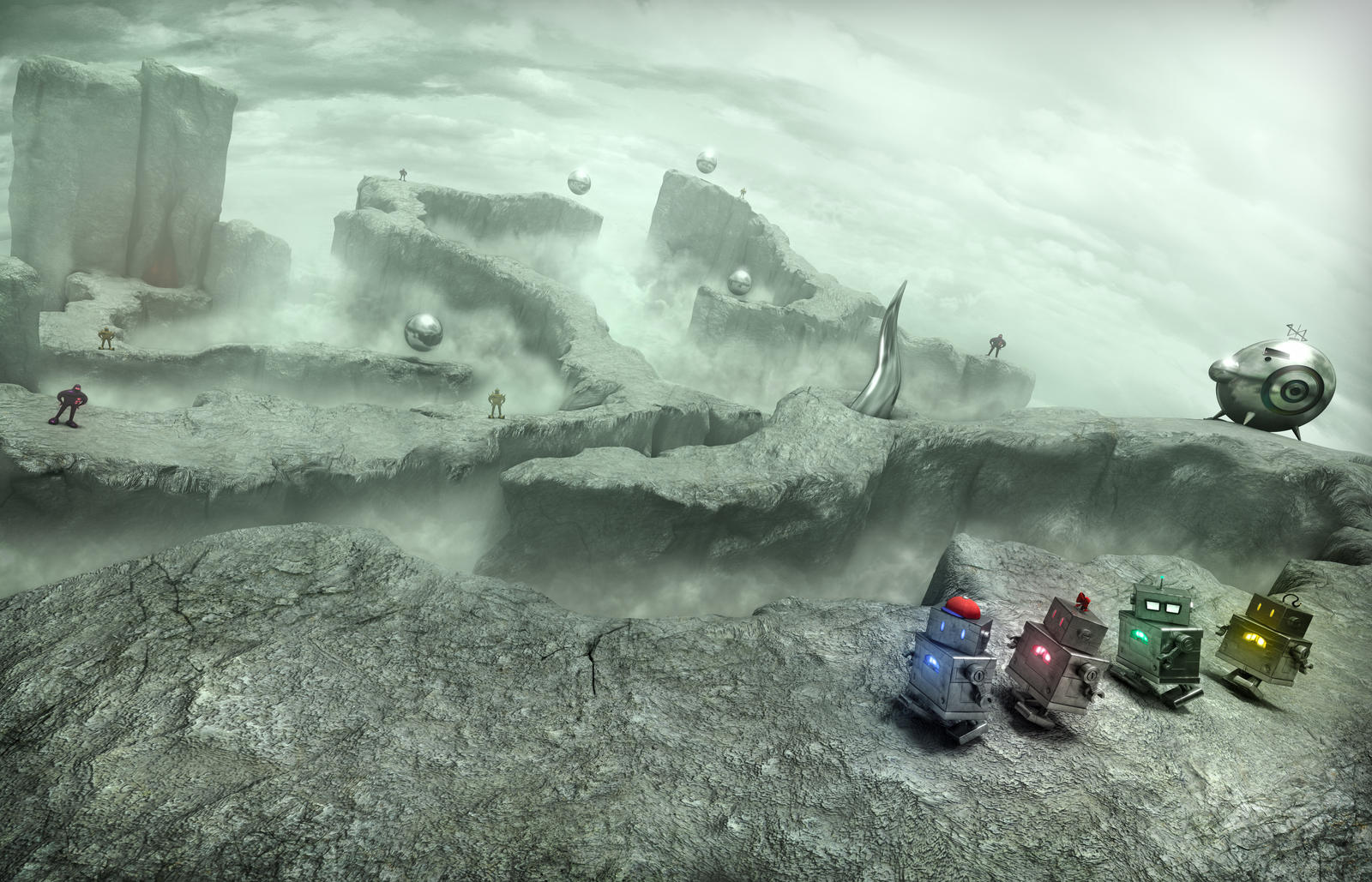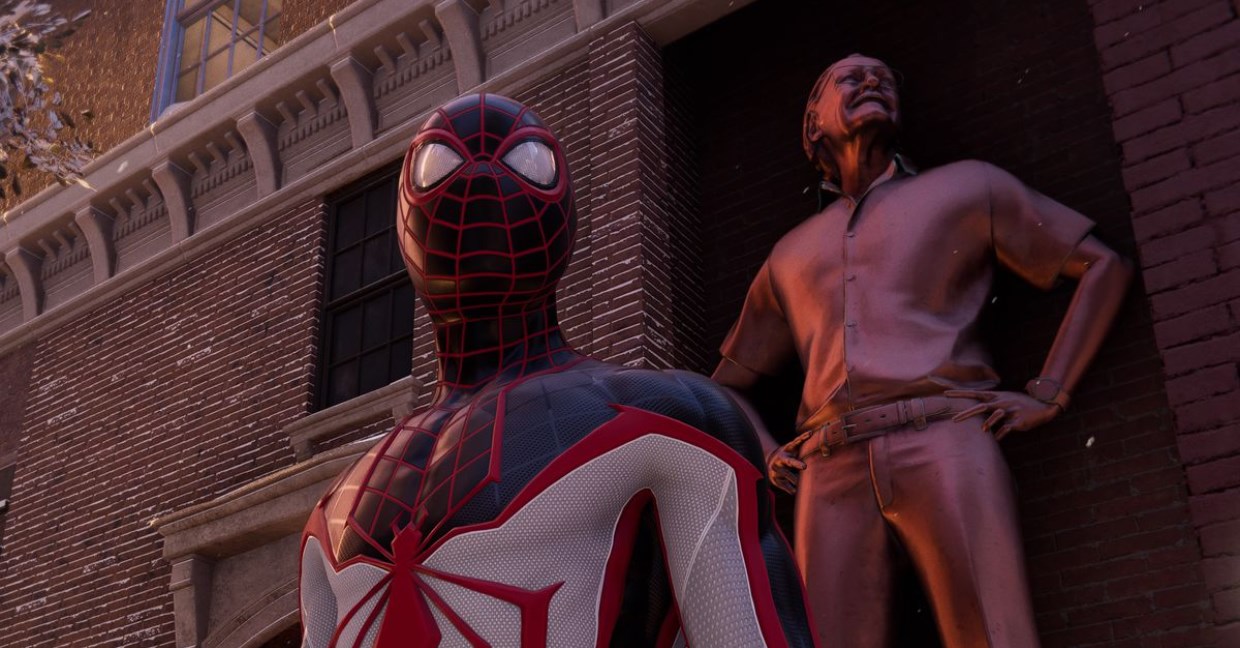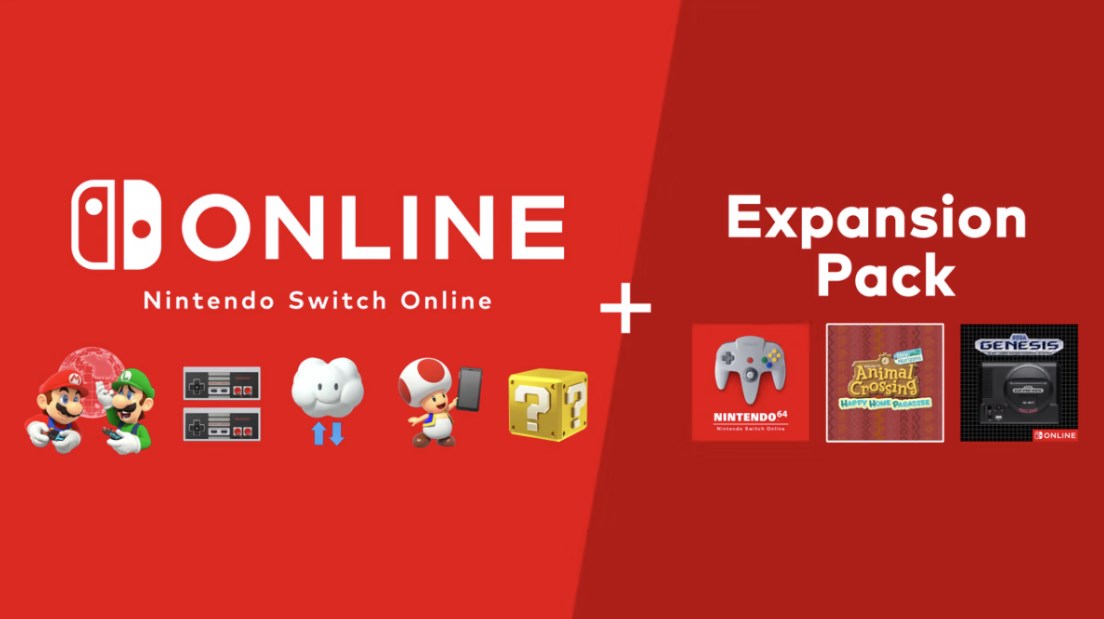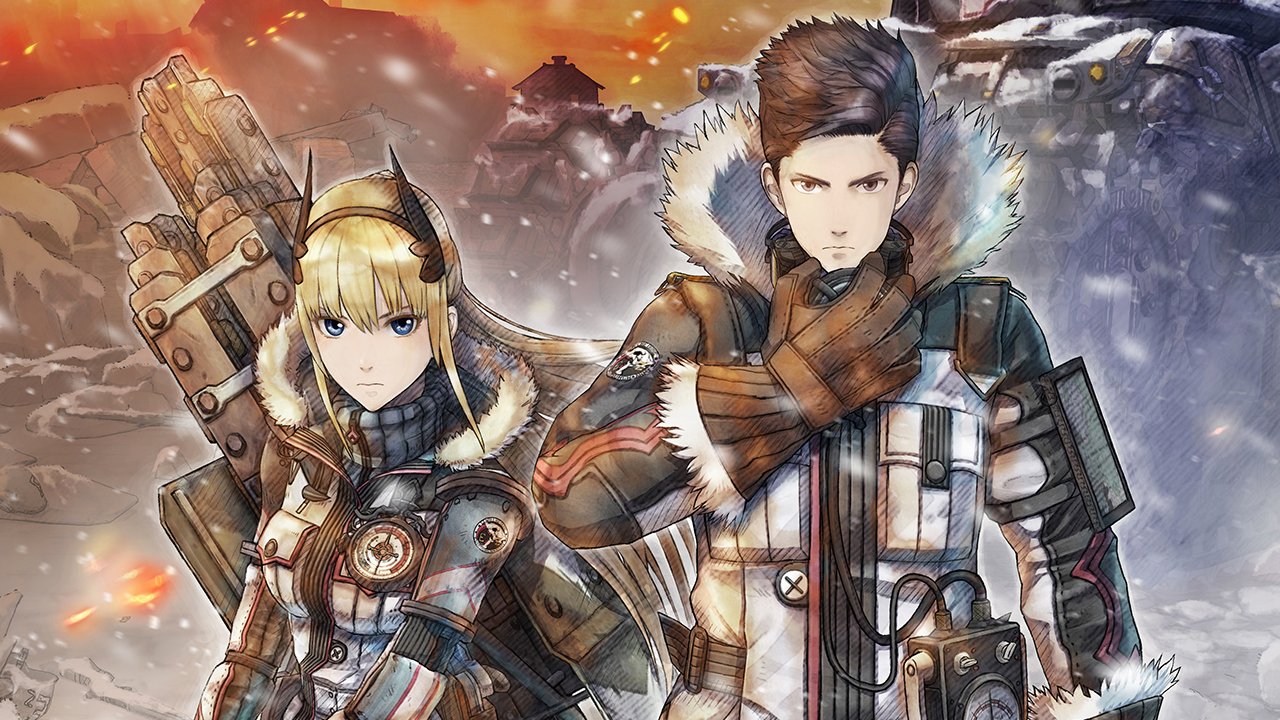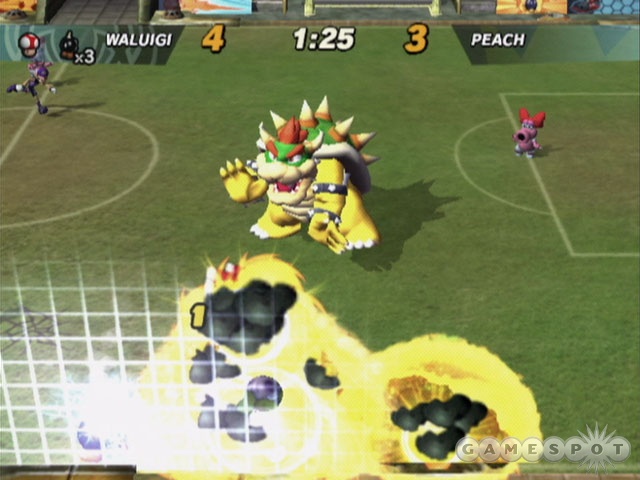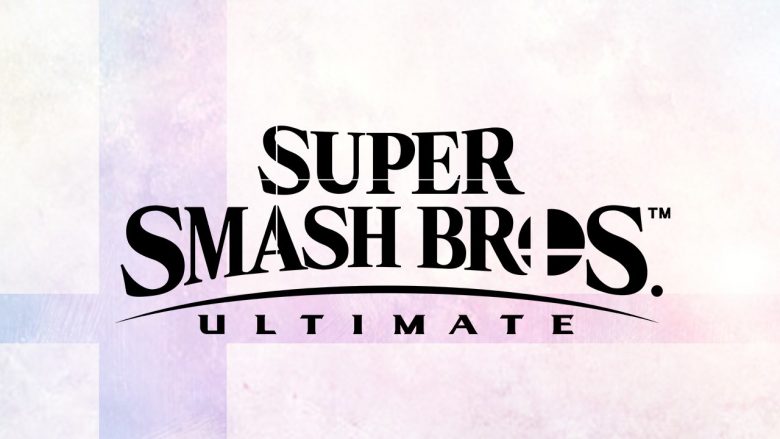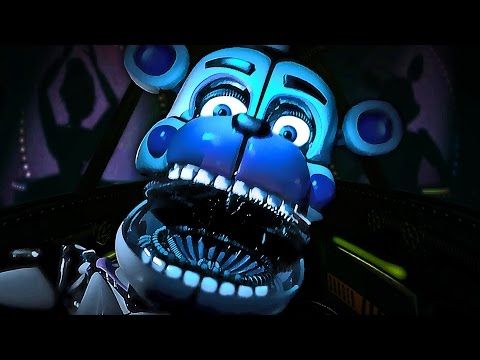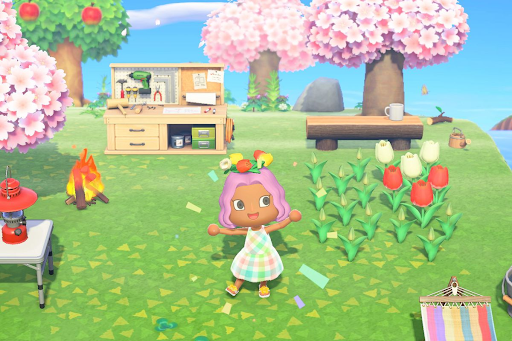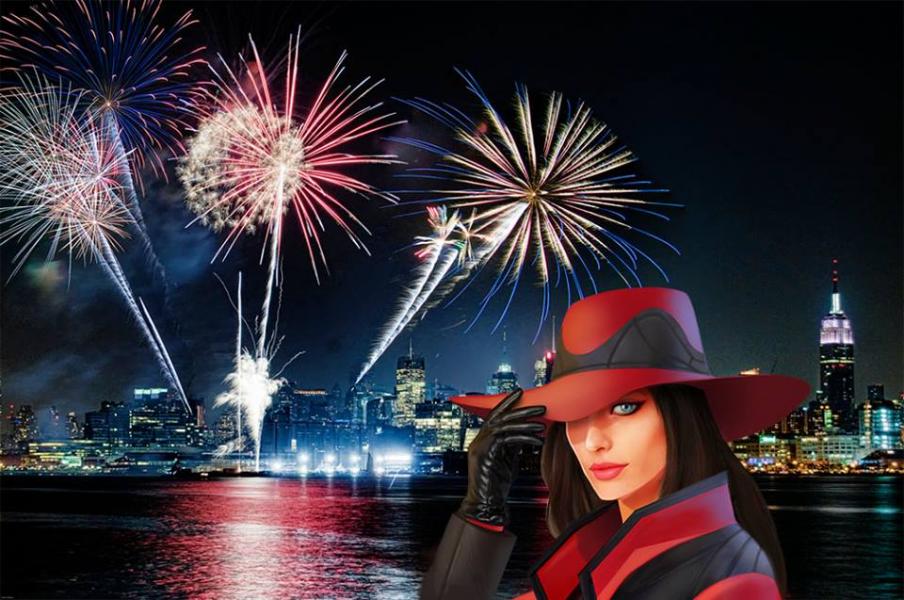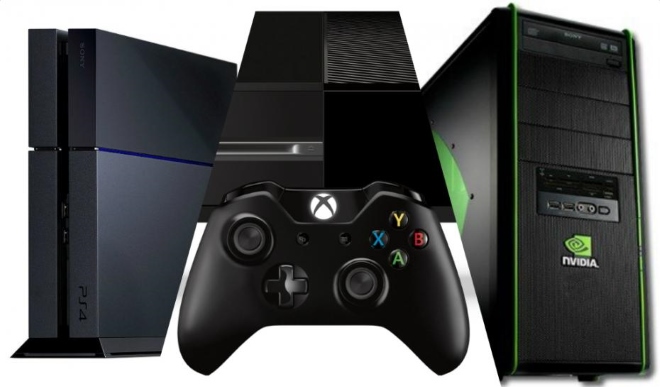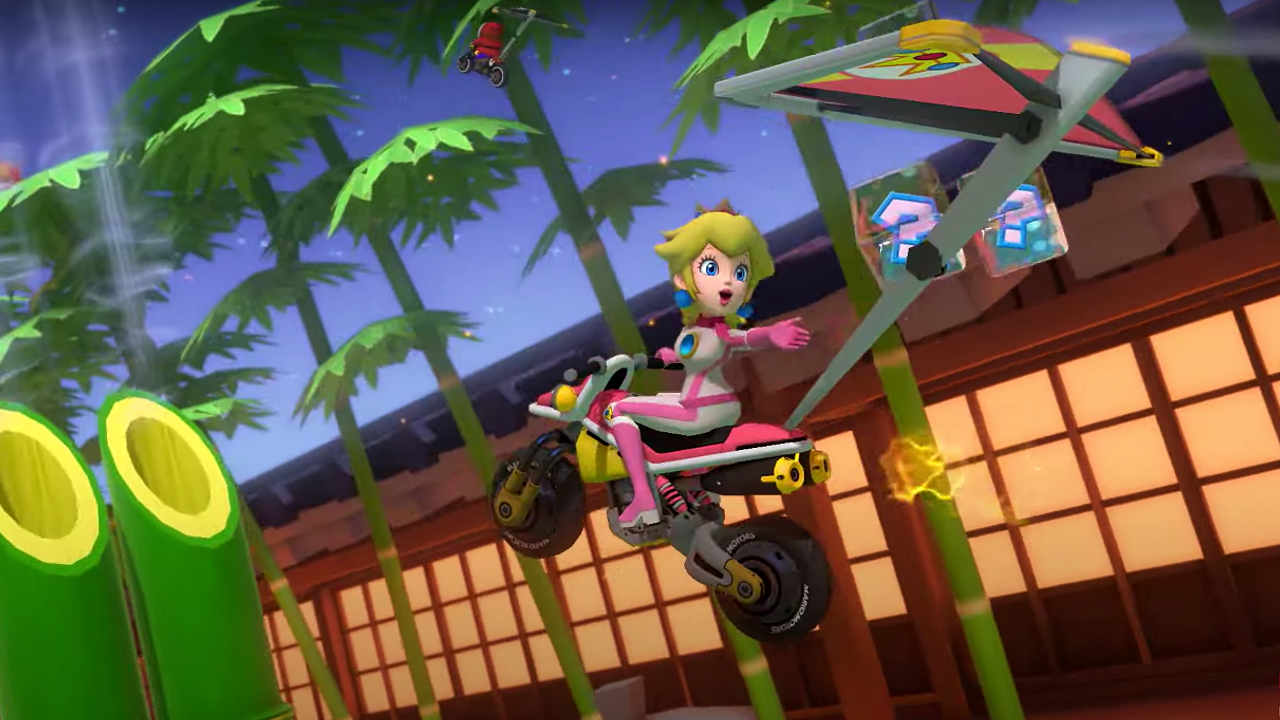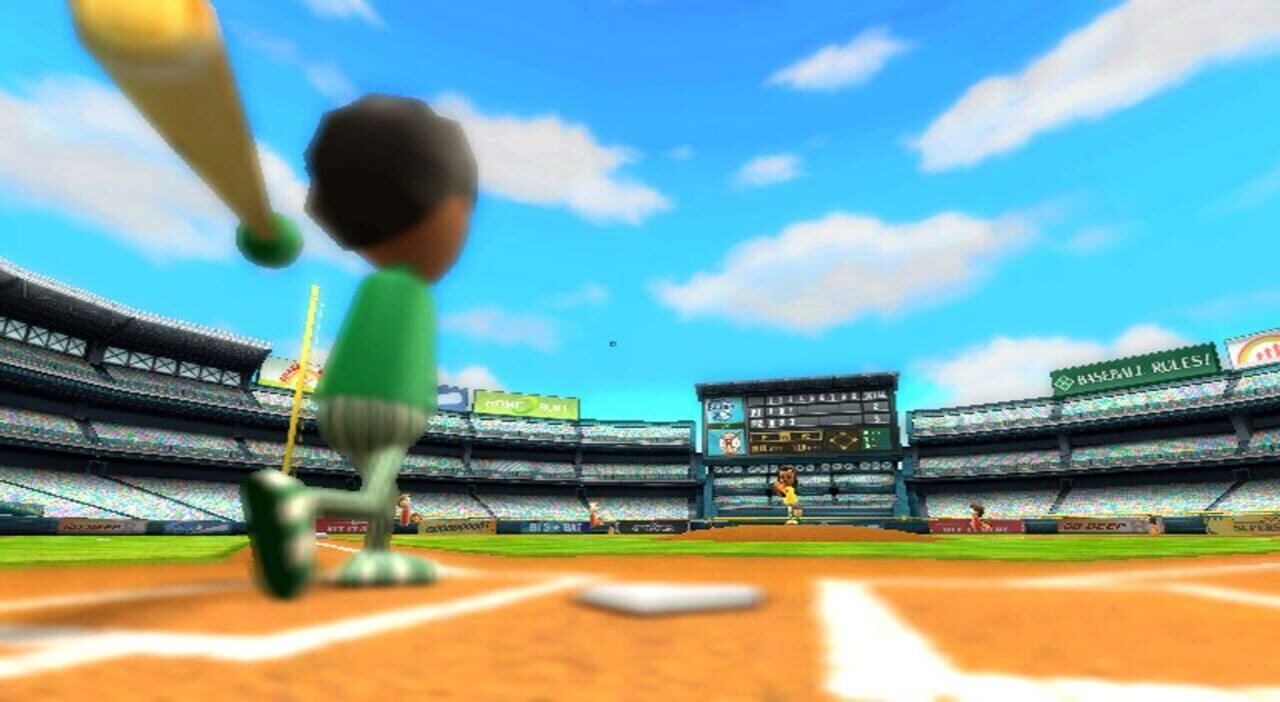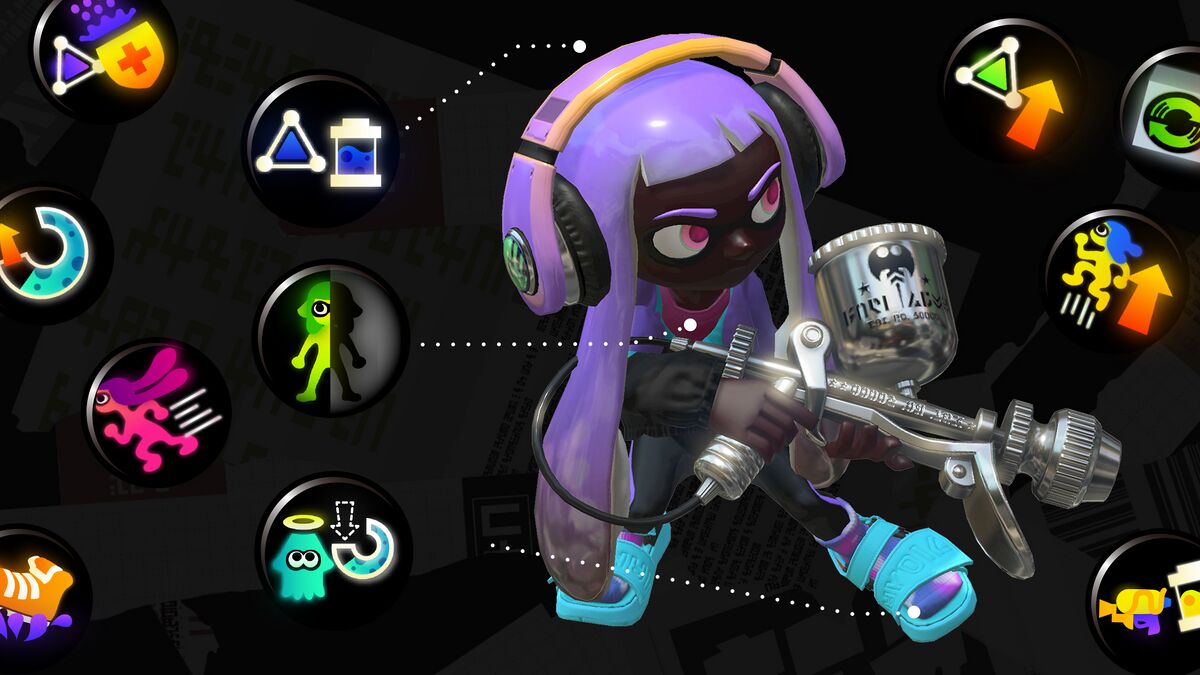
Introduction: Gaming’s Renaissance
Are you an obsessive geek living in your parents’ basement playing Fortnite for hours on end? If so, you clearly don’t care for 90s video games. And I pity you.
The 1990s stands as the most important era in gaming history. Developers were able to cross into new territories, as We we witnessed the birth of new genres, now had a more diverse library of games to choose from and saw visuals evolve from two to three dimensions. The the 1990s was the Renaissance of the video game industry.
Video games released in the 90s are unique and stand out from titles of other eras. There was stronger emphasis on storytelling and character development. New technologies opened the doors for unique gameplay styles, breathtaking visuals, enhanced sound effects, the ability to save data more accessible multiplayer modes, and much more.
Characteristics of a Good 1990s Game
The best games of the 90s are defined by many different qualities. The most influential of these include…
- Improved visuals, audio, and graphics - new hardware with new capabilities allowed for a more aesthetically pleasing experience. The special effects you see in movies are an absolute joke compared to this!
- Entry into the third dimension - 3D graphics brought much more than just a nicer presentation. We now had stunning environments where we could roam free and explore to our heart’s content.
- Revolutionary ideas - no more of that “Italian plumber goes on an adventure to rescue a princess” crap. Games now had full-fledged narratives to work with, giving you a reason to play and complete it.
- More fleshed-out characters - you were now able to connect with the characters you met throughout each quest. When they laugh or cry, you will too.
- Innovation - it was much more affordable to produce a game in the 90s than it is today, but technology was also much more limited. Developers were much more innovative, putting in their best effort to get their money’s worth. This is why 90s games have maintained immense replay value to this day.
Now, onto the list!
#15 - Earthbound (Super Nintendo Entertainment System, 1994)
In contrast to other titles on this list (as well as many other games of its time), Earthbound was a commercial flop in the United States. You’re probably wondering, “how in the world can a commercial failure of a game make this list?” The answer is quite simple: Earthbound’s popularity was not immediate. However, the few followers that did enjoy the game upon launch were ambitious and passionate gamers. This small fan base showed true dedication and determination. And now, Earthbound is a cult classic that has aged like fine wine.
Earthbound takes place in the year “199X.” You play as Ness, a young boy with psychic powers, to save the world from a future dominated by the evil alien Giygas. Along with Ness, you can play as the three other “chosen ones” in combat, a young girl and fellow psychic named Paula, the boy genius Jeff, and the royal prince of Dalaam, Poo.
The story begins when, in the middle of the night, a meteor crashes on top of a hill close to Ness’ house. When you go to investigate, you learn about Giygas’ plans. To stop him, you must find eight melodies scattered across the land. After collecting all eight, you can take a dive deep into your subconscious to eradicate the remaining evils in your being. With that, you can confront Giygas. Upon his defeat, we can now live in a world of peace.
Earthbound stands out from other RPGs with its crude humor and quirky dialogue. Many random NPCs have something interesting to say, some of which your mother would slap you for saying. And it is as bizarre as a game can get - many enemies stand out for their strange designs. Have you ever fought a moving traffic sign before? I think not. Any sane person would be freaked out upon seeing some of these baddies. But, at the same time, the toilet humor and abnormality simply oozes charm.
Earthbound boasts a fantastic story, unique characters, enjoyable gameplay, and nostalgic graphics. What sets it apart is a sense of humor. Earthbound is, in video game form, is our dream comedy show that combines the talents of the world’s funniest comedians. I can’t help but laugh at the absurdities. Not even in its darkest moments. A game that can invoke such strong emotions is an automatic classic in my book.
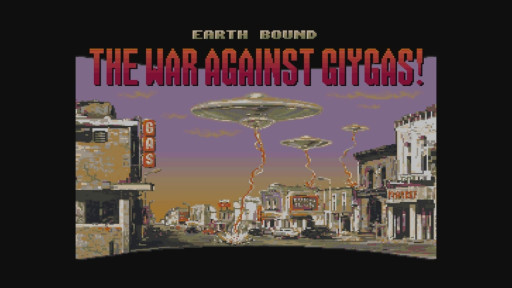
#14 - Silent Hill (PlayStation, 1999)
Silent Hill - Official Trailer - Sony Playstation
Although Resident Evil holds the honors of establishing the survival horror genre, Silent Hill takes it a step further. Silent Hill tops Resident Evil because it doesn’t rely on traditional horror tropes such as ugly monsters and unexpected jumpscares. It embodies the psychological thriller and messes with your head. This game actively tests your psychological stability. Just doing research on this game made me uneasy!
Harry Mason, your playable character, is a perfect example of a protagonist with whom you can truly connect with. His heavy breathing is often heard throughout the game. He is also clumsy, fragile, and inexperienced with firearms. His flaws only make it more difficult for you, the player. To make it to the end, you must overcome Harry’s sanity, while also monitoring your own mental well-being.
Silent Hill begins with Harry and his wife, Jodie, finding an abandoned baby. They adopt her as their own and name her Cheryl. However, soon after, Jodie passes away suddenly. Harry raises Cheryl on his own, plagued by depression. Cheryl grows up watching her father struggle. At the same time, you can’t help but feel sad for Harry.
Seven years later, Cheryl urges her father to take a vacation to Silent Hill. All of a sudden, a car accident separates the two. You now have to help Harry to find his missing daughter. This adventure is the ultimate test of your sanity. You have been warned.
Silent Hill is unique due to the implementation of psychological torment rather than explicit scares. We can immerse ourselves in and connect with Harry’s predicament, as his own sanity is put to the test. Silent Hill is the video game equivalent of The Exorcist. If you manage to brave the terrors throughout your adventure, you might be still might find yourself emotionally scarred for life once it’s all over. But that is why it stands as the best survival horror game of the 90s, and one of the best survival horror games of all time.
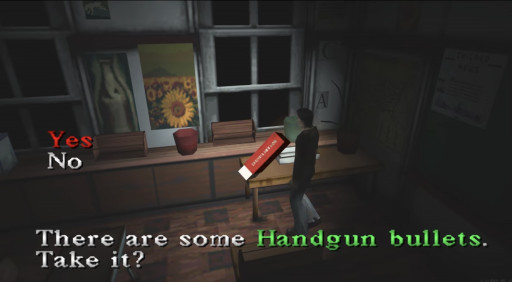
#13 - Donkey Kong Country (Super Nintendo Entertainment System, 1994)
Donkey Kong Country - Game Intro - Super Nintendo Entertainment System
Our favorite ape laid dormant for over a decade after Donkey Kong 3 was released right at the beginning of the Video Game market crash of ‘83. However, our patience was rewarded when Donkey Kong returned to stardom in Donkey Kong Country.
In contrast to the original arcade trilogy, Donkey Kong Country allowed us to play as the dopey monkey that cost us many quarters at the arcade. He wasn’t our enemy anymore. He was our friend. This 2D platformer expanded Donkey Kong’s world, introducing us to the rest of the Kong family. Most notably, we got to play as the big guy’s nephew and little buddy, Diddy Kong. DK and Diddy were a tag team who worked together to progress through each level. You could replicate that aesthetic by teaming up with your best friend to each play as one Kong.
DK was also given an archenemy of his own in King K. Rool, leader of the Kremling Krew. These nasty crocodiles steal the Kongs’ banana hoard (and stealing bananas from a monkey is like taking candy from a baby). Now you have to help DK and Diddy defeat the scaly monarch and recover the delicious fruits.
Your adventure takes place through the diverse regions of Donkey Kong Island. This all culminates with a showdown with K. Rool himself. Remember, DK’s precious bananas are on the line here. Don’t let him down!
Donkey Kong Country stands apart from the competition thanks to its visuals and unique gameplay. Developers Rareware tinkered with pre-rendered 3D graphics to create 2D worlds with beautiful detail. For a game on a 16-bit console, this was revolutionary. The tag team style of gameplay also allowed us to try different maneuvers. There were plenty of options to traverse levels, solve puzzles, and take out enemies. Donkey Kong Country stands as one of the best 2D platformers of the 90s, while boasting the best graphics 16-bit games had to offer.
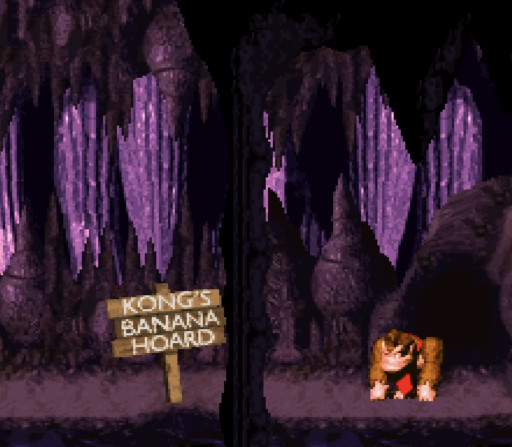
#12 - Sonic the Hedgehog 2 (Sega Genesis, 1992)
Sonic the Hedgehog 2 - Intro - Sega Genesis
The original Sonic the Hedgehog established that Sega wasn’t here to play second fiddle to Nintendo. Subsequently, Sonic the Hedgehog 2 capitalized on the franchise’s early success. We saw Sega match Nintendo’s share of the video game market at an even fifty percent apiece. Sonic was not the only one to speed his way into relevance, as Mario finally had a worthy competitor in the battle of gaming mascots!
We join Sonic on his new adventures, discover West Side Island, and meet the lovable Miles “Tails” Prower. However, our old nemesis, Dr. Eggman has followed us! This time, the mad scientist plans to unearth the seven Chaos Emeralds to complete his ultimate weapon - the Death Egg. It’s up to Sonic, Tails, and you, the player, to put an end to Eggman’s evil schemes.
Normally, we expect the sequels of our favorite video games to be bigger and better. We also expect the previous game’s flaws to be addressed and fixed. However, while Sega made the second title better than the first, they did so with small changes. Only one major change was implemented into the gameplay. Sonic now had his signature “Spin Dash” ability. We could watch him curl up and roll through levels even faster than before. Sega also added more new enemies and level themes. Nobody complained that Sonic 2 was “too similar” to its predecessor. This game embodies a “less is more” philosophy to enhance the experience.
Sonic the Hedgehog 2 is unique because it was the first 2D platformer to give us options for playable characters. You could ditch Sonic and play through the entire adventure as Tails if you wanted. Or, you could speed through stages with both, with a second player or the CPU controlling the other character. Regardless, I hope you can catch up to these two speed demons on your quest. Otherwise, you’ll be eating dust just like Dr. Eggman!
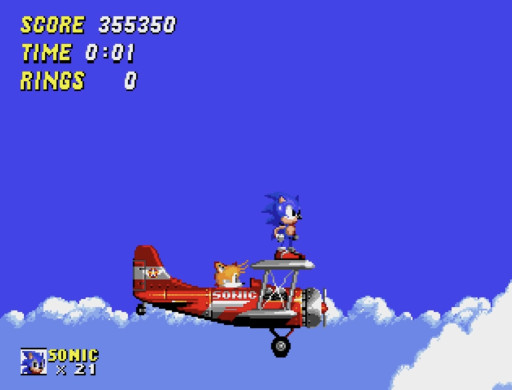
#11 - Spyro 2: Ripto’s Rage! (PlayStation, 1999)
Spyro 2: Ripto's Rage! - Final Boss - Sony Playstation
Just like Sonic the Hedgehog 2, Spyro 2: Ripto’s Rage! is a sequel that built up on the momentum that its predecessor created. Spyro, the titular, purple dragon, was Sony’s answer to Mario and Sonic. Ability-wise, our scaly friend exhibited the same powers you’d expect from any old dragon - he could burn enemies to a crisp by breathing fire, knock ‘em into next year with a charge attack, and take the skies with limited flight. However, Spyro’s attitude of a rebellious, but good-willed teenager sets him apart from other dragons (and also shows that having a purple body doesn’t mean he’s a rip-off of Barney).
Much like in Sonic’s second rodeo, Spyro and his dragonfly sidekick, Sparx, intend to take a vacation. However, they take the wrong portal, ending up in a land known as Avalar. Here, they learn that a crazed warlock named Ripto (did I mention he despises dragons?) intends to conquer Avalar.
I’m sure that many of you had the crazy desire to own a pet dragon as a kid, but learned that they’re not real. However, while owning a copy of Ripto’s Rage! would be as close as you could get, that’s not necessarily a bad thing. You can spend hours gliding around, ramming and torching your enemies, and exploring Avalar. With your help, Spyro and Sparx can stand up to Ripto, save Avalar, and finally go on vacation.
Ripto’s Rage! stands out from the crowd for its improved gameplay and extensive character development. As we progressed through the game, we could now swim the waters and climb to new heights alongside Spyro. His charge attack was buffed as well, as we could now use the dragon’s noggin to bash through tougher surfaces, along with concussing enemies. Also, Spyro could breathe ice - yes, you heard me right - he could breathe ice! Now THAT is really cool (no pun intended)!
Additionally, it was clear to us that Spyro has matured since his first outing. The brash, excitable dragon we knew in Spyro the Dragon is much more laid back in the sequel, but still can still throw a verbal punch like he did before. The aspect of character is crucial to any form of narrative, and Spryo’s spike in maturity establishes a stronger connection between the original game and its many sequels.
Ripto’s Rage! is the best 3D platformer on the original PlayStation, and, to many, including myself, the best our favorite dragon has to offer. Now, let’s go teach that whacky warlock a lesson: NEVER underestimate a dragon!
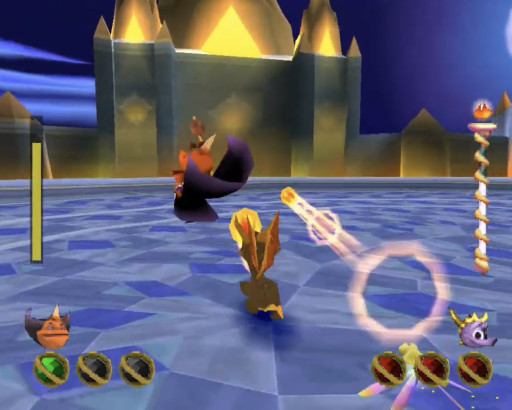
The final showdown with the sinister sorcerer!
#10 - Metal Gear Solid (PlayStation, 1998)
Metal Gear Solid - Game Intro - Sony PlayStation
Although the Metal Gear franchise already had two entries in Japan, us Western gamers had no clue who this “Solid Snake” guy was. But, once we learned more about our new friend and his mission to stop a nuclear threat, it was hard to not want to help the guy take out a bunch of terrorists and save the day.
Metal Gear Solid is set in an alternate history, where the Cold War has extended into the 90s. Already, I felt chills down my spine as I put way too much thought into alternate timelines. What if the Soviet Union never collapsed? What if communism made its way westward? What-ifs aside, the alternate timeline emphasized what was at stake. We wanted to see Snake succeed, and bask in the satisfaction of saving the world.
Metal Gear Solid is not just another action-adventure game. Here, the stealth game subgenre was born. You couldn’t just dive headfirst into action. Remaining undetected by the enemy was the key to success. The majority of action-adventure games at this time had no elements of stealth in gameplay. Needing to be stealthy tests our patience as gamers, and we can put more thought into how we conquer the challenges presented to us. Metal Gear Solid pioneered the stealth subgenre, and gave Western audiences a perfect first impression on the franchise altogether.
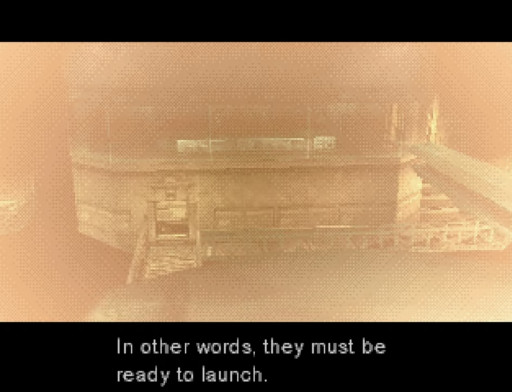
What could these terrorists be up to?
#09 - Gran Turismo (PlayStation, 1997)
Gran Turismo - Gameplay - Sony PlayStation
Ready to get behind the wheel? You’d better be! Gran Turismo is the best-selling game on the original PlayStation, and rightfully so. This isn’t just a racing game - it’s the first racing title to also be a driving simulator. Your PlayStation controller was your car and I’m not joking when I say that.
Oh and did I mention that there are 140 different, real-world cars in this game? Have you wanted to take your grandpa’s old-school Chevy into town, but the grumpy old man wouldn’t let you? No problem! Gran Turismo has you covered with their own 1967 Corvette Stingray… well, as long as you’re in arcade mode. Unlike past racing games, Gran Turismo has a simulation mode where you can level up your license, unlock new cars, and compete in tournaments.
This title is unique because, when it comes to racing games, it’s realistic. Unlike other racing games of the era, Gran Turismo’s controls replicate that of a real car. You can’t just hit one button to accelerate and speed your way to victory. Of course, no video game can replace driver’s ed as a shortcut to getting your license, but Gran Turismo is a classic racing game that raised the bar for the genre, while also being a decent practice tool for up and coming drivers.
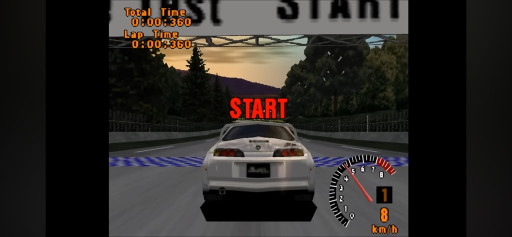
Buckle up, everyone!
#08 - Super Mario 64 (Nintendo 64, 1996)
Super Mario 64 - USA Commercial - Nintendo 64
Nintendo’s gamble to skip over the 32-bit console market was well worth it. While there were two other 3D platformers that came out before it, Super Mario 64 solidified the genre. We had the freedom to explore Princess Peach’s castle and the many worlds hidden beyond castle walls and paintings. Mario’s first adventures in three dimensions allowed him to do so much more than jump, run, and throw fireballs. He could climb surfaces, crawl through tight spaces, and pick up objects and enemies. We had more ways to navigate the world and multiple methods to collect each Power Star.
Super Mario 64 is also unique because Nintendo introduced a free-floating camera mechanic that has been a critical tool in 3D platformers ever since. While it was, admittedly, a pain to adjust, I can’t stress enough how revolutionary it was. Adjustable cameras are essential in 3D gameplay. Without them, it would be a nightmare to see what we were doing! Super Mario 64 is a rare example of a game where it ages well for reasons other than aesthetics. While Mario’s blocky stature in this game is not too pretty to look at today, the freedom to explore, the camera mechanic, and just the fact that the game was among the first presented in 3D are what make it a timeless classic.
This Nintendo 64 launch title is the console’s best-selling game, and for good reason. While Mario’s previous 2D adventures are also fantastic, Super Mario 64 ushered both the franchise and Nintendo as a whole into a new chapter in gaming history. It’s a crying shame that the 3D platformers of today have disappointed, but, luckily for us, Super Mario 64 holds great replay value. While this title is almost thirty years old, a game that can still be enjoyed time and time again for that long is worthy of being ranked among the best of the best.
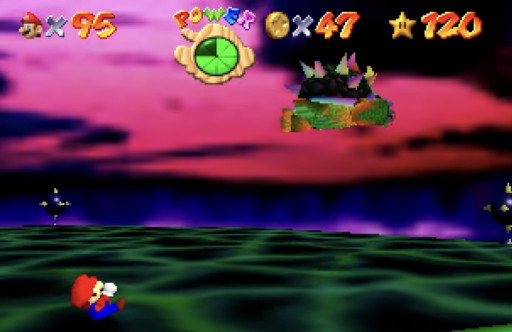
Super Mario saves the day!
#07 - Tomb Raider (Sega Saturn/PlayStation, 1996)
Tomb Raider - Final Cutscene - Sony PlayStation
Whether you owned a Sega Saturn or the original PlayStation, the Tomb Raider experience was unforgettable. This game was our first glimpse of a new franchise and one of the first takes on the action-adventure genre in three dimensions. On top of that, we met one of the first female protagonists in video game history: Lara Croft. And Lara wasn’t your run-of-the-mill girly-girl either. Working for the game’s developer, Core Design, character artist Toby Gard created Lara to counter female stereotypes. And, boy, did he succeed!
The goal of Tomb Raider is to guide Lara through a series of fifteen ancient tombs across four different regions. This title is the ultimate treasure hunt, complete with puzzles to solve and vicious animals that lurk around every corner. No need to fret though - Lara’s got her firearms loaded to make quick work of these beasts. From the snow-capped mountains of Peru to the Lost City of Atlantis, there’s never a dull moment in this game.
Lara herself is what makes Tomb Raider unique and innovative. She is the quintessential female video game protagonist. My sisters always complain when I show them 90s games where a male protagonist was the only option. Hopefully, once they read this part of my article, I sure hope that they’ll finally quit yapping! Tomb Raider also received an expansion pack, “Unfinished Business,” a year after its release - which was very uncommon at that point in time! Tomb Raider’s addictive gameplay and revolutionary graphics secured it a spot among the best games of the 90s, but Lara herself cements her debut title as one of the best action-adventure games ever created.
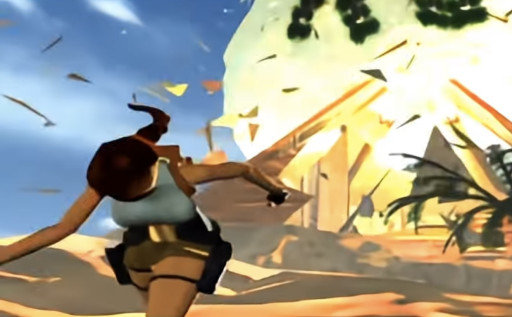
Let’s get the heck out of here!
#06 - Banjo-Kazooie (Nintendo 64, 1998)
Banjo-Kazooie - Opening Musical - Nintendo 64
After Rareware ushered our favorite monkey back into the spotlight, they followed up by introducing the world to a bear named Banjo and a breegull named Kazooie. Thus, Banjo-Kazooie was born. This game capitalized on the 3D platformer genre established in Super Mario 64 and Spyro the Dragon by enhancing the aspects of freedom, and adding a ton, and I mean a TON, of collectibles.
Banjo-Kazooie begins by introducing us to the evil, ugly witch Gruntilda, or Grunty for short. In a scene a la the magic mirror in Snow White and the Seven Dwarves, we see the wrinkled old hag ask her sentient cauldron who the prettiest girl of all is. Upon learning that the title goes to Tooty, Banjo’s younger sister, Grunty flies into a rage and kidnaps Tooty to steal her beauty. Now it’s up to Banjo and Kazooie to save her and foil Grunty’s selfish, nefarious plans.
To confront the witch and save Tooty, you, Banjo, and Kazooie have to traverse nine unique worlds and find 100 golden jigsaw pieces, more commonly referred to as “jiggies.” Along the way, you will get new abilities, meet a diverse cast of NPCs, and spar with Grunty’s ugly lackeys. Banjo-Kazooie is also filled to the brim with suggestive, yet subtle humor, and I can’t help but laugh when Kazooie asks a withered tree how his “nuts” are doing.
Rareware’s first venture into 3D stands out for its diverse cast of minor characters and its wide array of moves and attacks. The duo meets a lot of NPCs. Although their roles were limited, the majority of these friendly allies had something quirky to say, occasionally dragging themselves into a hilarious exchange resulting from Kazooie’s sass and dry humor. Together, the bear and bird had more abilities than Mario and Spyro combined, giving us many options for collecting each Jiggy. For example, in the beach level Treasure Trove Cove, a Jiggy sits atop a lighthouse at the highest point of the world. While Banjo and Kazooie could simply find a path closer to the ground to access the lighthouse, the duo also learns how to fly in this world. If we wanted to, we could just take to the skies and get to the lighthouse much faster. I know I might have an angry mob at my door for stating this, but Banjo-Kazooie considerably edges out Super Mario 64 as the best 3D platformer of the 90s, and is one of the best Rareware titles ever made.
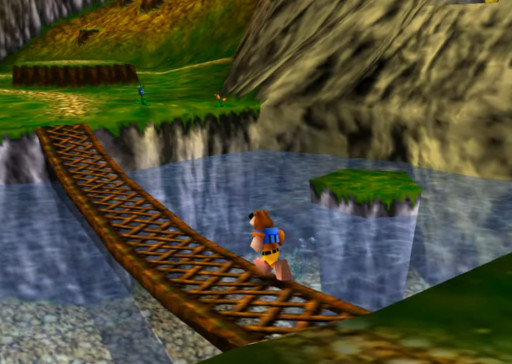
Our adventure begins on Mumbo’s Mountain.
#05 - Chrono Trigger (Super Nintendo Entertainment System, 1995)
Ah, Chrono Trigger. What a timeless game, and I mean it quite literally. Developers Squaresoft (now Square) were the kings of RPGs in the 90s, with Chrono Trigger being the best of the bunch. With the appropriately named protagonist, Crono, your mission is to travel across time to stop the giant alien parasite, Lavos, from ending the world and life as we know it.
The game boasts six other playable characters who have your and Crono’s backs till the end. Whether you’re with the tomboyish princess of Guardia, Marle, and her icy magic or your metallic buddy Robo and his futuristic weaponry, you’ll be in good hands. On the subject of playable characters, we had the option to recruit Magus, a vampiric sorcerer who is originally your opposition in the race to destroy Lavos. We hadn’t seen heroes team up with villains all that much, and it was awesome to be able to do so.
Where Chrono Trigger truly shines is in its gameplay and battle mechanics. Each character learned new techniques as they gained experience, varying from magic spells to status inflicting moves. In battle, you could have three characters out at a time, and your combination meant a lot. Each character, aside from Magus, could team up with an ally to pull off a double technique, with each combination of characters having up to three unique double techniques. Not only that, but an entire team could also perform a triple technique (thankfully for Magus, he could partake in two of these triple techniques). I was blown away when I first played Chrono Trigger and first was able to pull one of these off - the concept is incredible and it keeps the battle system from becoming jaded. Quite literally, Chrono Trigger has stood the test of time, and is, without a doubt, the best RPG on the Super Nintendo.
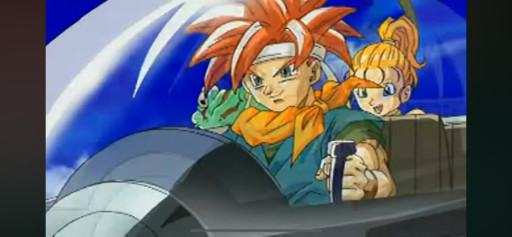
#04 - GoldenEye 007 (Nintendo 64, 1997)
Goldeneye 007 - USA Commercial - Nintendo 64
For those of you who didn’t know, nearly every Rareware employee who worked on Goldeneye 007 had never done any work with video game development before. I know it’s hard to believe, but it is indeed true. These rookies really pulled through to make one of the best first-person-shooters of all time, as well as the best title in Rareware’s entire catalog.
GoldenEye 007 is based on the 1995 James Bond film, GoldenEye. The game follows the same plot as the film: Bond’s former ally, Alec Trevelyan (agent 006), turns against him in favor of the Janus crime syndicate, and plots to destroy the world with a nuclear space weapon, appropriately codenamed “GoldenEye.” You must join the renowned agent on eighteen action-packed levels, culminating in a shootout with 006 on the Antenna Cradle. But, be wary! Janus has also teamed up with the Soviet Union military, led by General Arkady Ourumov. You’ll have your work cut out for you, as you enter combat with two powerful forces.
GoldenEye 007 is unique because it is one of the first games of its genre to be released on a home console, with first-person-shooters being exclusive to PCs before then. The team at Rare even incorporated a multiplayer mode very late into development (which the higher ups at Nintendo didn’t even know about), so you could fight to the death with your friends to be the last man standing. On top of the boosted multiplayer capabilities that home consoles had to offer, GoldenEye 007 made shooting enemies more realistic. In older first-person-shooters, a bullet would hurt just as much from a mile away as it would from five feet. Now, if you hit your target from a distance, they wouldn’t die instantly. As the third best-selling game on the Nintendo 64, GoldenEye 007 cemented the first-person-shooter genre as a gaming mainstay, and lives up to its name as the best game in Rareware history.
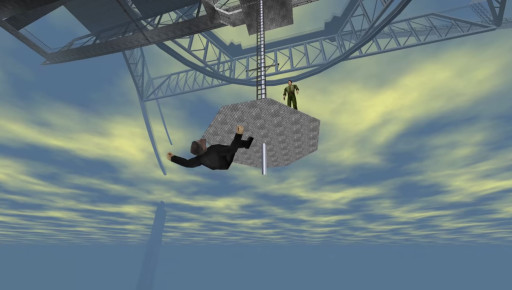
Bye-bye, 006!
#03 - Pokémon Red and Blue (GameBoy, 1998)
Pokémon Red and Blue - USA Commercial - Nintendo GameBoy
When this Japanese phenomenon arrived overseas, gamers of all ages immediately made it their mission to catch ‘em all. Pokémon Red and Blue rocked the globe with its unique spin on the RPG genre, a basic, yet enjoyable premise, and a variety of unique creatures to catch, train, and travel the Kanto region with. Since then, the Pokémon franchise has expanded into all areas of popular culture, and it is IMPOSSIBLE to avoid.
You start the game in your sweet home Pallet Town, meet the esteemed Professor Oak, and select your first Pokémon. We could select from Bulbasaur, the grass/poison-type Seed Pokémon, Charmander, the fire-type Lizard Pokémon, or Squirtle, the water-type Tiny Turtle Pokémon. From there, we set off to conquer eight gyms en route to the Pokémon League, mop the floor with the evil Team Rocket, who use Pokémon for dirty work, and spar with our longtime rival, Oak’s grandson, up until a fated showdown for the Champion’s title.
These titles are unique for flipping the traditional RPG formula upside down and taking the genre into new territory. Unlike Earthbound and Chrono Trigger, us player characters don’t rely on weapons, armor, or magic to win. In fact, we don’t physically fight AT ALL. With our starter in tow, we can explore the Kanto region and capture more Pokémon to join our team. There were fifteen different types a Pokémon could have (some even had two), each with their own strengths, weaknesses, and attacks to boot. All we had to do was strategically build a balanced, diverse group of six to cover up our weaknesses, and then battle to our heart’s content. Also, depending on which version you played, different Pokémon would appear than in the other version. If your goal was to catch ‘em all, you better know someone with the opposite version.
Pokémon Red and Blue’s success has established the Pokémon franchise as one of Nintendo’s powerhouses, and is the second best-selling franchise within the company only behind Super Mario. I have spent countless hours playing Pokémon in my life, and we have the very first games to credit for the continued enjoyment. Pokémon Red and Blue are the best handheld games and RPGs, not just of the 90s, but quite possibly of all time.
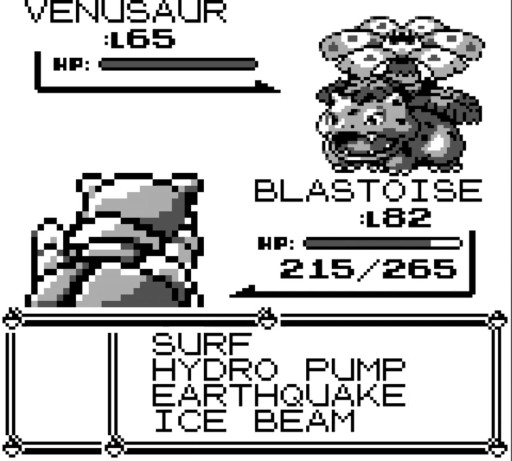
Battling for the champion title!
#02 - Street Fighter II (Arcade, 1991)
Street Fighter II - Promotional VHS - Super Nintendo Entertainment System
Upon the success of this 2D fighting game in the arcades, we saw Street Fighter II released on the Super Nintendo only a year later, and again on the GameBoy in 1995. Much like Sonic the Hedgehog 2 and Spyro 2: Ripto’s Rage, Street Fighter II built upon the original 1987 Street Fighter, to make the gaming experience even better.
We, along with eight of the world’s best fighters, find ourselves in a tournament to fight our way to the top. Unexpectedly, however, we learn that this is a trap set by M. Bison, the leader of the Shadoloo organization. He can try all he wants to lure these elite fighters and brainwash them into serving him, but we’re strong-willed and won’t let that happen. I hope you have your fighting gloves ready - we have to save ourselves from M. Bison, and the world from his plans of global domination!
In a similar manner to which Silent Hill and Super Mario 64 set the standards for survival horror games and 3D platformers, respectively, Street Fighter II set the gold standard for fighting games. While a roster of eight playable characters isn’t the largest cast we’ve seen, each of these characters had their own fighting styles and over twenty different moves at their disposal, depending on the combination of buttons pressed - it can be a thrilling moment when you accidentally discover a move for the first time by pushing random buttons. These maneuvers would set the stage for other beloved fighting titles of the 90s, from Mortal Kombat to Killer Instinct. Every gaming genre has one title that is a role model for the rest of them. But, at the end of the day, Street Fighter II’s impact on the fighting genre will forever remain unmatched.
This game stands out for its amazing graphics and playing options. Street Fighter II is a sight to behold, whether you’re looking at it on the arcade cabinet screen or on your own television. The GameBoy version even holds up well graphically, as critics have commended the presentation despite the limited capabilities of handhelds. Also, if you didn’t want to waste your quarters at the arcade, you could spar with your neighbors on your Super Nintendo, or take the tournament on the road with your GameBoy. Anyone who says that Street Fighter II isn’t the best fighting game of all time is really asking for a scrap - this game revolutionized the genre. Across all releases, Street Fighter II has grossed over ten billion dollars in revenue, making it the third highest-grossing game of all time. That shouldn’t be surprising for this list’s runner-up. Street Fighter II knocks out the rest of its competition, literally.
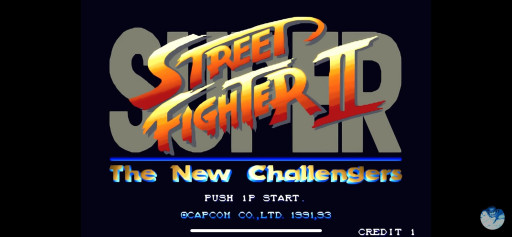
#01 - The Legend of Zelda: Ocarina of Time (Nintendo 64, 1998)
The Legend of Zelda: Ocarina of Time - USA Commercial - Nintendo 64
Often considered as (literally) the best game of all time, The Legend of Zelda: Ocarina of Time is what we got when the action-adventure elements of Tomb Raider and the 3D platforming genius of Super Mario 64 were thrown into a blender and mixed to perfection. Link’s first rodeo in 3D made a much bigger splash than any other franchise’s debut in the new dimension.
Ocarina of Time takes storytelling to a new level, well above the first four entries in the Zelda franchise. We start off with a young Link, who is summoned by the Great Deku Tree, the guardian deity of the Kokiri forest where our young hero lives. Here, the tree tells Link of Ganondorf, the evil king of the Gerudo who plans to open Hyrule’s Sacred Realm to take the Triforce to take over Hyrule (he later meets Princess Zelda, who affirms that Link is the one meant to save Hyrule, per a dream she had). To explain this game’s detailed goal as briefly as possible, we must join Link in finding the three Spiritual Stones that will open the Sacred Realm, and take the Triforce before Ganondorf does. However, when Link pulls the Master Sword, the “key” to open the Sacred Realm, he is forced into a seven-year slumber as he is too young to assume the title of the Hero of Time. The Gerudo leader takes advantage and enters the now opened Sacred Realm, but the Triforce splits into three. Ganondorf only escapes with one of its pieces: the Triforce of Power.
When Link wakes up as an adult, our goal is to obtain the six Sage Medallions to open the way to Ganondorf’s Tower. Just after collecting all of them, we learn that the other two-thirds of the Triforce, representing Courage and Wisdom, were bestowed upon Link and Zelda respectively. Suddenly, Ganondorf kidnaps Zelda, and Link gives chase to save her and reforge the Triforce.
Ocarina of Time is unique for many reasons. However, what stands out most is the varied gameplay and the adventure itself. This action-adventure classic sprinkles in a little bit of everything, with weapon and magic systems akin to RPGs and puzzles that resemble the ones in 3D platformers. I love the story that Ocarina of Time presents, which makes playing the game even more fun. All that said, no video game is perfect, but Ocarina of Time is as close to perfection as a game can get. The Legend of Zelda: Ocarina of Time is an essential in any gamer’s library. It is, without a doubt, the best video game released in the 90s, and one of the best of all time.
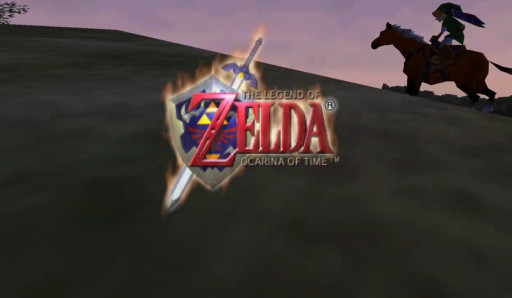
Look out Ganondorf, here we come!
Conclusion
Whew! I must say, the 90s saw a lot of fantastic video games. It was near impossible for me to pick just fifteen for this list. However, the fact that there are dozens, maybe even hundreds, of other games worthy of being on this list shows how good 90s games were. As I said earlier, the 1990s is gaming’s Renaissance, giving us some of the best titles ever created, while also shaping the future of video games for many years to come. But for now, as our favorite Pokémon rival always says, “Smell ya later!”


